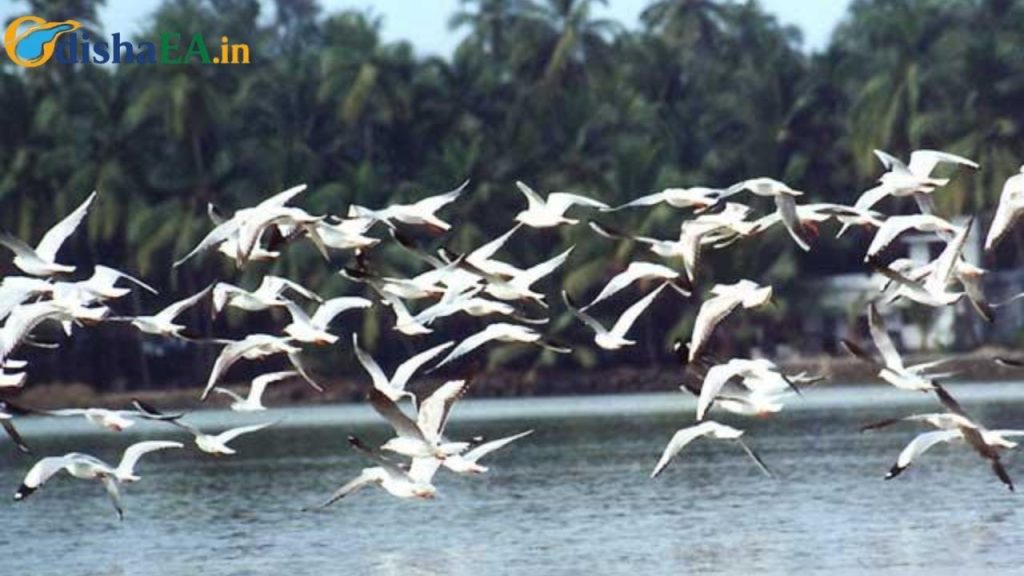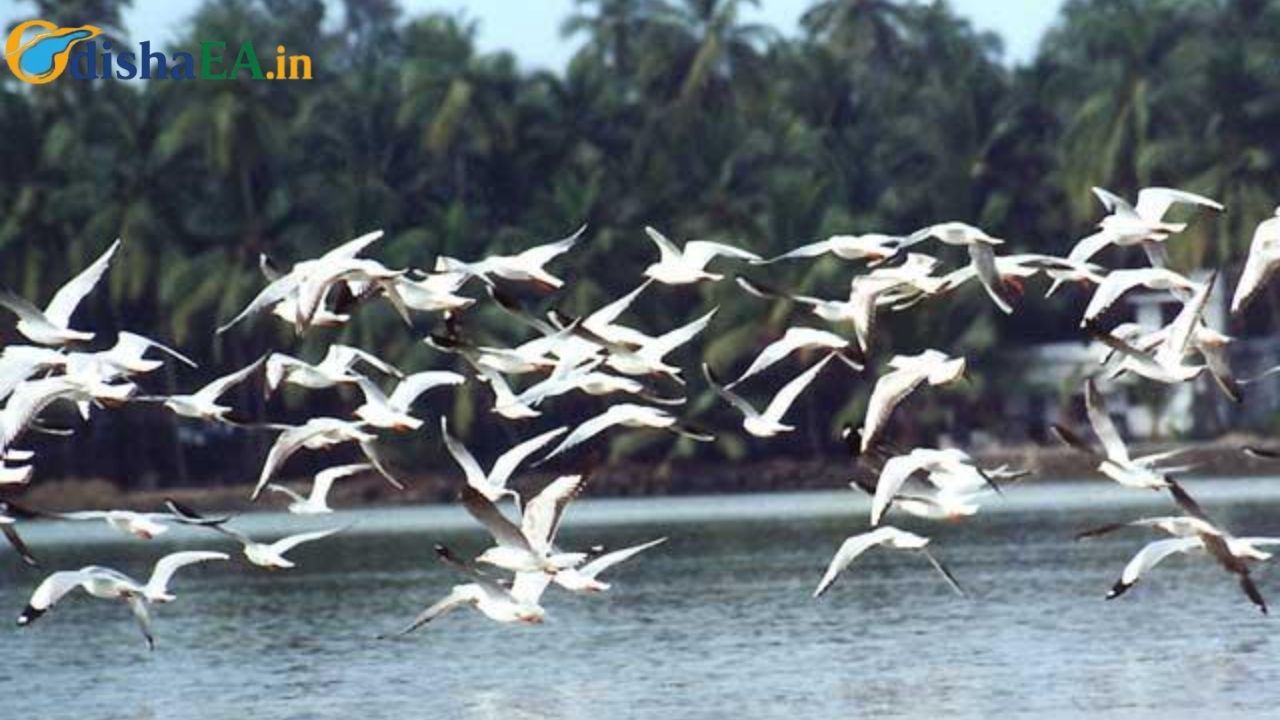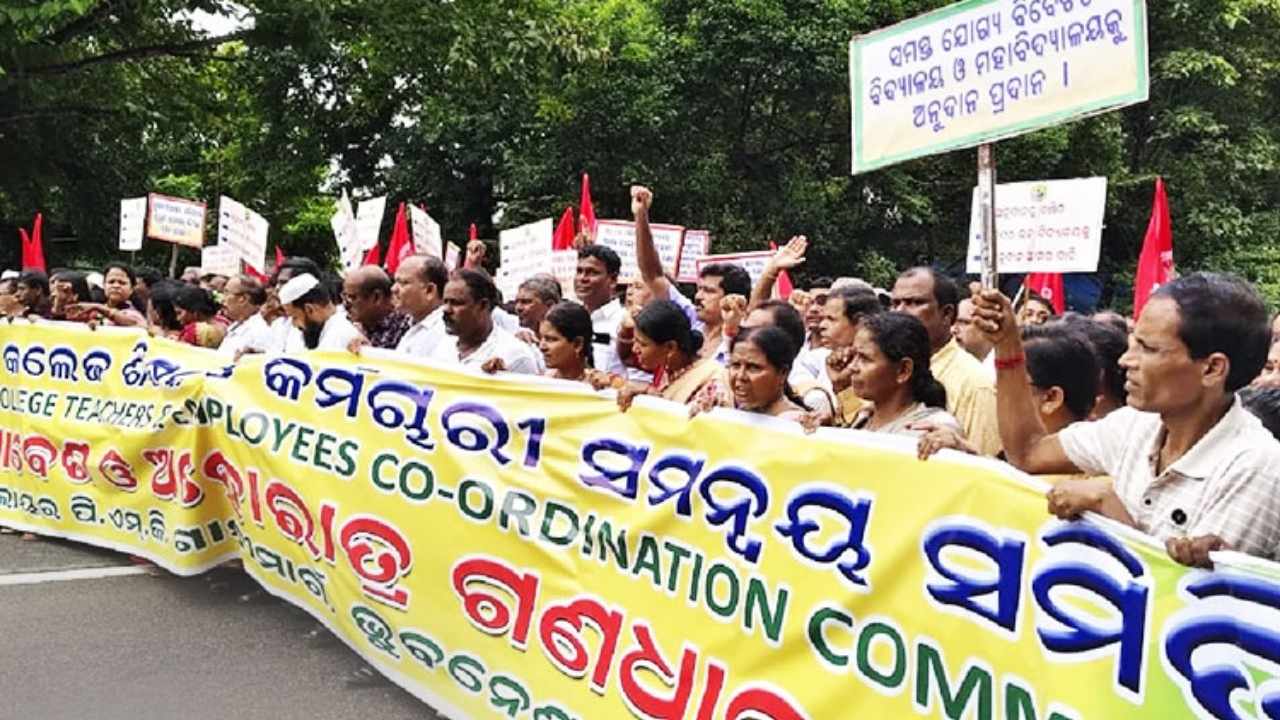Bhitarkanika National Park, located in the Indian state of Odisha, has just kicked off its much-anticipated Three-Day Monsoon Bird Count. This event, which began on August 30, 2025, is a crucial annual activity designed to track the population and nesting habits of birds in this ecologically significant park. The park, known for its lush mangroves and wetlands, provides a haven for a variety of bird species, many of which migrate here to breed during the monsoon season. This year’s bird count is especially exciting due to the presence of several migratory species, making it an event not just for ornithologists, but for anyone interested in the fascinating dynamics of wildlife in India.

While Bhitarkanika National Park might not be a household name for everyone, it is one of the most vital ecosystems in India, especially when it comes to biodiversity conservation. Home to over 200 species of birds, this park is a sanctuary for many that are rare, endangered, or just passing through on their migratory routes. With the monsoon season in full swing, the bird count is not just about counting numbers – it’s about ensuring that the right conservation measures are being taken to safeguard these species for the future.
Three-Day Monsoon Bird Count Begins in Odisha’s Bhitarkanika National Park
| Key Aspect | Details |
|---|---|
| Event | Three-Day Monsoon Bird Count |
| Location | Bhitarkanika National Park, Odisha, India |
| Duration | 3 Days, starting from August 30, 2025 |
| Key Species Observed | Open-billed Stork, Little Cormorant, Egret species, Herons, Ibis, Cattle Egret, Purple Heron, and many more. |
| Total Birds Counted (2024) | Over 130,000 birds across 10 species, with more than 27,000 nests documented |
| Conservation Efforts | Protecting biodiversity by monitoring bird populations and creating conservation strategies based on findings. |
| Useful Resources | Bhitarkanika National Park Official Website |
| Significance | Conservation of one of India’s largest mangrove ecosystems, home to endangered species like saltwater crocodiles and king cobras. |
The Three-Day Monsoon Bird Count at Bhitarkanika National Park is a vital conservation activity that helps protect the rich biodiversity of this unique ecosystem. By counting the birds, studying their behavior, and monitoring their breeding patterns, experts can ensure that the park continues to be a sanctuary for wildlife in the years to come. Whether you’re a seasoned ornithologist, a casual birdwatcher, or someone looking to contribute to conservation efforts, there’s a place for you in this exciting initiative. Protecting places like Bhitarkanika is essential for maintaining the delicate balance of our planet’s ecosystems, and every little bit of effort counts.
What Makes Bhitarkanika National Park Special?
Bhitarkanika National Park spans an area of 145 square kilometers and is considered the second-largest mangrove ecosystem in India. It’s more than just a park – it’s a biodiversity hotspot and a lifeline for countless species of plants, animals, and birds. But here’s the thing: its unique mix of rivers, creeks, and estuaries makes it an essential breeding ground for migratory birds that flock here each monsoon.

The mangrove forests serve not only as a breeding site but as a natural shelter for many birds during harsh weather conditions. These trees provide perfect nesting sites, where birds like the open-billed stork and little cormorant set up their homes. The rich fish resources in the park’s waterways provide them with abundant food. For these reasons, Bhitarkanika National Park is like a five-star resort for birds.
The presence of mangroves also provides crucial ecological services. These forests play a significant role in coastal protection by preventing soil erosion and acting as buffers against storms. Additionally, they are essential in storing carbon, making them valuable allies in the fight against climate change.
The Monsoon Bird Count: Why It Matters
What is the Monsoon Bird Count?
The Monsoon Bird Count at Bhitarkanika National Park is a special event where teams of ornithologists, wildlife experts, and volunteers gather to monitor and count bird populations. This event is particularly important because it takes place during the breeding season when the park sees a surge in the number of birds arriving to nest.
By keeping track of the numbers and species, researchers can monitor the health of the ecosystem and assess the effectiveness of ongoing conservation efforts. With over 130,000 birds recorded in the 2024 census, the data collected from this year’s bird count will provide crucial insights into population trends, migratory patterns, and the overall well-being of the birds.
Practical Advice for Volunteers and Bird Enthusiasts
If you’re lucky enough to be a part of the bird count or just want to get involved in birdwatching at Bhitarkanika, here are a few tips to help you make the most of the experience:
- Bring the Right Gear: Binoculars, a sturdy camera, and a notebook for recording your observations will be your best friends. If you’re a photographer, a zoom lens can be helpful for capturing close-ups from a distance.
- Wear Appropriate Clothing: Since the park has swampy areas and dense mangrove forests, wear water-resistant boots and light, breathable clothing. Don’t forget to protect yourself from mosquitos by applying insect repellent.
- Respect Nature: Always maintain a safe distance from the birds. This is not only important for your safety but also crucial for the well-being of the birds, as disturbing them during their nesting period can cause stress and disrupt the breeding cycle.
- Take Notes: If you’re not just observing but actively participating in the count, it’s essential to document the species you spot, how many there are, and where they’re nesting. Accurate data is essential for research and conservation efforts.
Guide to Birdwatching in Bhitarkanika
- Prepare for the Trip: Make sure you have your birdwatching essentials ready. This includes a bird guidebook for identifying species, a camera with a good zoom lens, binoculars, a journal, and plenty of water.
- Join a Bird Count or Tour: Check with local tour operators or the official Bhitarkanika website to sign up for guided birdwatching tours or even the Monsoon Bird Count event.
- Head to the Wetlands: The best time to spot birds is early in the morning or late in the evening when they’re most active.
- Observe, Record, and Respect: Use your binoculars to get a closer look at the birds without disturbing them. Take note of the birds’ behavior, the environment around them, and their nesting sites.
- Report Your Findings: If you’re participating in the census, make sure to report your observations to the event coordinators or local wildlife authorities.
Conservation Challenges in Bhitarkanika
While Bhitarkanika National Park is relatively protected, it’s not immune to challenges. The park faces threats from climate change, illegal poaching, and human encroachment. Rising sea levels and unpredictable weather patterns pose a significant risk to the delicate ecosystem, especially the mangrove forests that birds and other wildlife depend on.
Another issue is poaching, particularly targeting the park’s crocodile population. While not directly related to the bird population, this illegal activity impacts the overall health of the park’s ecosystem. Moreover, increased human activity in nearby villages can disturb nesting sites and alter the natural flow of the waterways, threatening the birds’ food sources.
To counter these issues, local authorities and conservationists are continuously monitoring the park. They’re implementing stricter enforcement of park boundaries and working with local communities to raise awareness about the importance of preserving this ecosystem for future generations.
Odisha’s Bhitarkanika National Park Welcomes Visitors Again Starting August 1
Managing Odisha’s Elephant Habitats: Forest Beats to Be Classified for Improved Conservation
Orissa High Court Directs Re-Test for Forest Service Candidates Disqualified Over BP Readings
FAQs
1. Why is the bird count conducted during the monsoon season?
The monsoon season is when many migratory birds arrive at Bhitarkanika to breed. This is the peak time for bird activity, making it the perfect time for the census.
2. Can I visit Bhitarkanika during the bird count?
Yes, but keep in mind that access might be limited in some areas for conservation purposes. It’s best to check with local authorities before planning your visit.
3. How can I contribute to bird conservation at Bhitarkanika?
You can support by volunteering, donating to conservation organizations, and spreading awareness about the importance of preserving the park’s ecosystem.
4. What species of birds can be found in Bhitarkanika?
Bhitarkanika is home to over 200 species of birds, including migratory species like the open-billed stork, little cormorant, and various types of herons and ibises.





